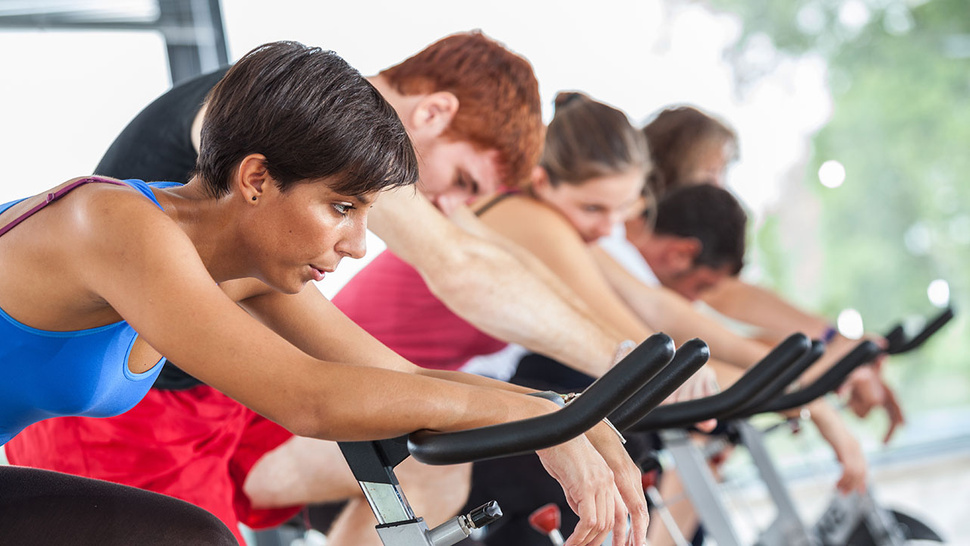How to Use the Heat Index When Exercising

During extensive physical exercises, it is imperative to keep a check on heat and humidity levels because these things can eventually add up to create a dangerous situation for your body. The best possible way to accomplish this is use the heat index. Athletes who exercise at times when the heat index is high should keep certain precautionary measures in mind to prevent a life threatening situation. Here is what you need to know about using the heat index when exercising to effectively prevent the risk of heat exhaustion, heatstroke or other similar conditions.
Instructions
-
1
High heat index directly corresponds to slow sweat evaporation rate. In such conditions, you should avoid doing outdoor exercises such a running. Even athletes in perfect shape can be taxed in such circumstances.
-
2
For heat index reading of 90, outdoor exercises can be performed but with extreme caution. However, if the heat index reading is 100 or more, outdoors exercises can prove dangerous whereas heat index of reading of 125 or more would mean that doing an outdoor exercise could prove to be extremely dangerous.
-
3
It is imperative for athletes who exercise during hot and humid days to maintain a safe level of water intake which is at least 10 to 12 8-oz glasses of water every day. Water will keep the body hydrated, thus preventing a dangerous situation which may occur due to inadequate intake of water. Fresh fruits with high water content such as watermelon can be considered as a substitute to drinking water.
-
4
If you start feeling an increased sense of fatigue or your pulse rate becomes dangerously high while doing an exercise, take things easy and cool off. A life threatening situation can result if you push yourself beyond its limit.
-
5
Do not push yourself in you experience cramps in your muscles while exercising. Instead, stop the exercise and take shelter under a shade or go indoors immediately.
-
6
Excessive loss of fluid and salts can result in heat exhaustion. Common symptoms of heat exhaustion are dizziness, weakness and increase in body temperature. AS before, discontinue the exercise in such a situation, take proper rest and drink small quantities of water at regular intervals. Some athletes use salt tablets to balance the salt content of their body. This should not be done without consulting a physician first.
-
7
Heatstroke can prove very dangerous because it can raise the body temperature to 105 degrees Fahrenheit or even more. Victims of heatstroke are reported to suffer from lethargy, confusion and unconsciousness. If you so much as even suspect the risk of a heatstroke, immediately call for medical assistance.






